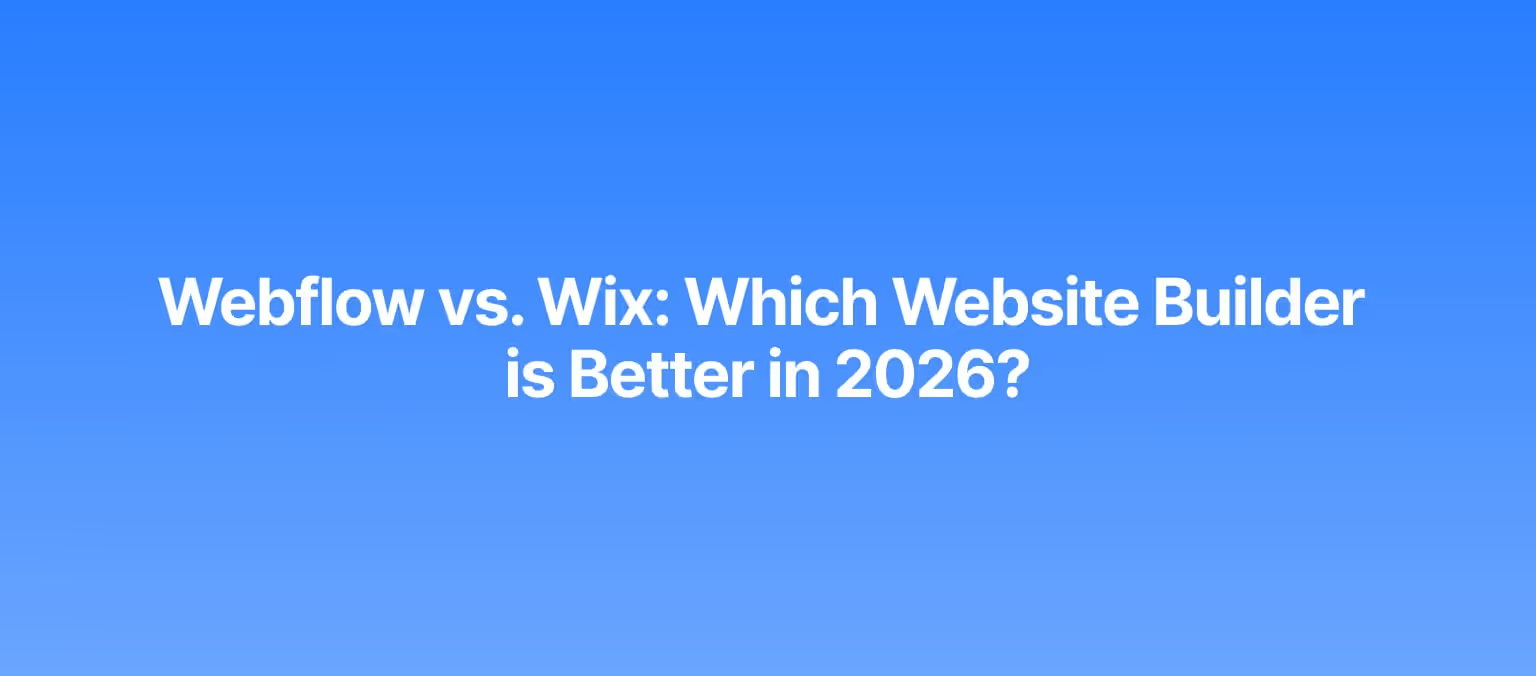How to prospect on LinkedIn?
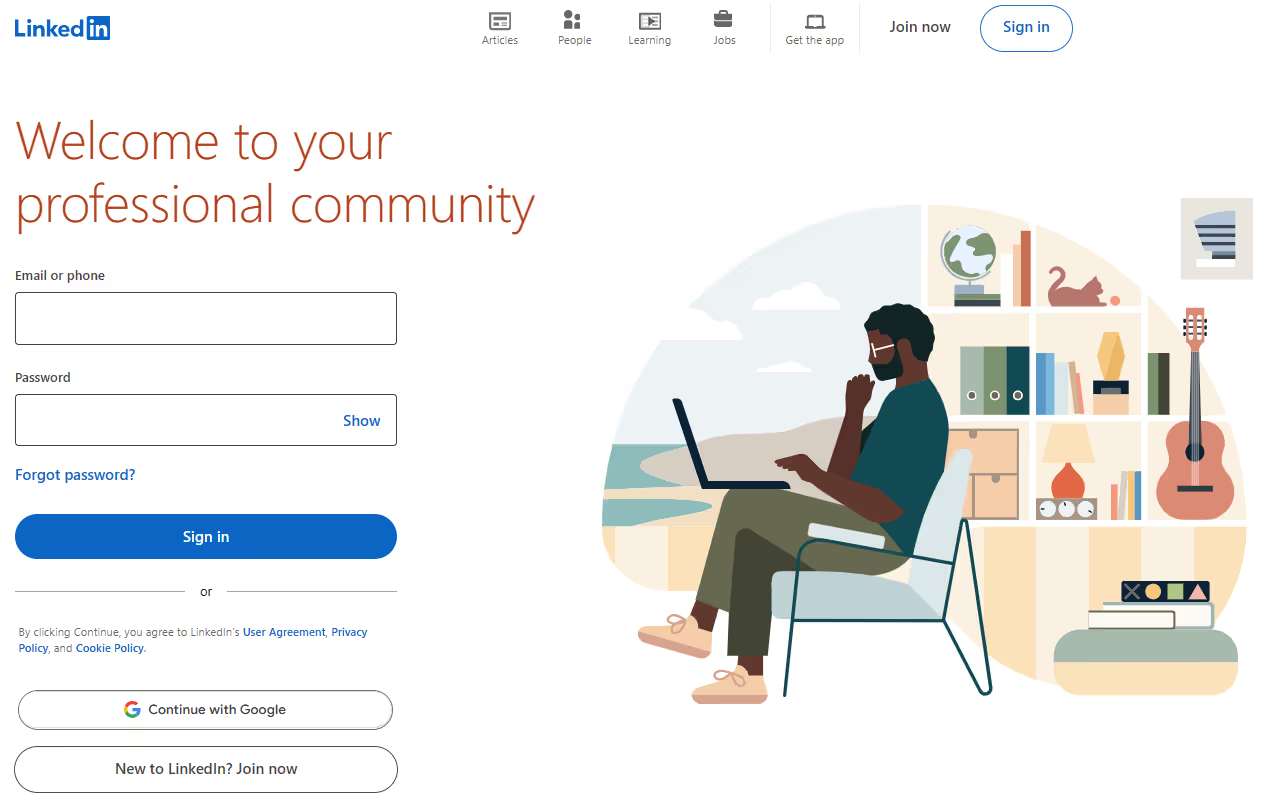
LinkedIn stands as the globe's leading professional network, boasting over 1 billion members, including 65 million key decision-makers. It emerges as a vital tool for sales prospecting—the art of seeking and connecting with potential clients interested in your offers.
But navigating the waters of LinkedIn prospecting comes with its questions. What tactics and tools should you employ to discover and engage your perfect prospects? How can you fine-tune your LinkedIn profile to become a magnet for success? Moreover, what pitfalls should you dodge to ensure effective prospecting on LinkedIn?
This article delves into these queries and beyond. We'll guide you on harnessing LinkedIn for prospecting, refining your profile, pinpointing and appealing to suitable prospects, crafting irresistible outreach messages, leveraging content for enhanced engagement, employing sophisticated strategies to uplift your sales, and how you can bypass LinkedIn limitations with MirrorProfiles. Additionally, we'll furnish you with actionable tips and tried-and-tested practices to master LinkedIn prospecting.
Whether you're dipping your toes into LinkedIn prospecting or seeking to elevate your technique, this piece is crafted for you. By its conclusion, you'll grasp the essentials of LinkedIn prospecting, paving the way for increased lead generation and business growth.
Understanding LinkedIn as a Prospecting Platform
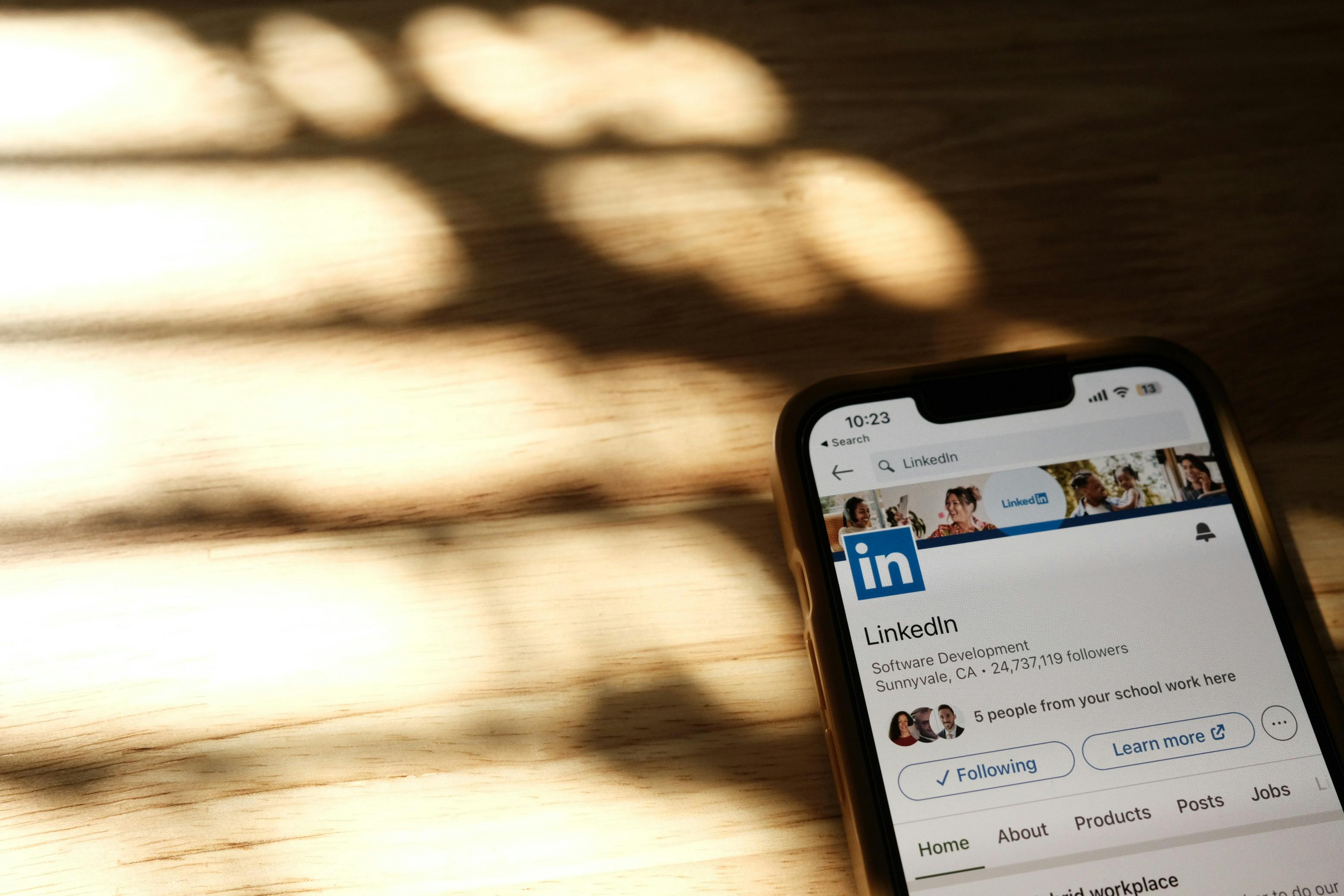
First off, it's crucial to grasp the essence of LinkedIn prospecting and its significance in B2B sales before we delve into the methodologies and tips that enhance its efficiency.
At its core, LinkedIn prospecting is the art of pinpointing potential clients on the platform and forging connections with them. This entails employing a variety of techniques, sales skills, and tools to identify and engage clients who match your ideal customer profile perfectly.
The reason LinkedIn stands out as a prospecting haven lies in its user base; it's a treasure trove of professionals, key decision-makers, and influencers. With access to millions of detailed profiles containing job roles, company details, personal interests, and latest accomplishments, the platform offers invaluable insights for tailoring your outreach efforts and personalizing your communication.
Moreover, LinkedIn serves a dual purpose - it aids in both prospecting and lead generation. While prospecting focuses on discovering and nurturing potential clients, lead generation revolves around capturing and converting interest into sales. LinkedIn equips you with insights, features, and tools that streamline the entire process, making it an indispensable resource.
However, it's vital to note that LinkedIn prospecting isn't an universal solution; it demands a strategic approach, an in-depth understanding of the platform, and continuous refinement. But when executed proficiently, the rewards are substantial. LinkedIn drives 80% of B2B lead traffic and boasts a lead conversion rate that's threefold higher than other major advertising platforms. Furthermore, it's recognized as the most trusted social media site among its users.
With a comprehensive understanding of LinkedIn prospecting and its unparalleled value, we can now advance to exploring how to fine-tune your LinkedIn profile for optimal prospecting success.
Optimizing Your LinkedIn Profile for Prospecting Success
Your LinkedIn profile acts as your online resume, creating that crucial first impression with potential connections, employers, and investors. To differentiate yourself, it's essential to fine-tune your profile for prospecting success. Achieving this involves showcasing your expertise, unique value proposition, and successes in a way that captures the attention of your ideal audience. Below, we share some strategies to refine your profile and boost your visibility on LinkedIn.
Polishing Your Profile to Stand Out
Beginning with profile optimization, ensure that you've filled out every section, including your headline, summary, experience, education, and skills. Providing a complete picture of your professional journey helps recruiters gauge your expertise and improves your visibility.
To make your profile truly shine, select a distinctive background image, a professional photograph, and create engaging headlines and summaries. Your background image should reflect your personal brand or industry, while your photo should exude both professionalism and personality. In your headline and summary, clarify your role and how you deliver value, incorporating keywords your prospects are likely to search for.
Accentuating your achievements is crucial. Don't just list job duties in your experience section; highlight your successes and the value you've added to past or current roles. Incorporate specific metrics, like revenue growth, number of clients served, or projects completed, to quantify your contributions. Additionally, showcase your skills and the quality of your work through a portfolio of samples, such as articles, reports, presentations, or videos. For more details, please check the tutorial videos in this guide.
Identifying and Targeting the Right Prospects on LinkedIn
Having fine-tuned your LinkedIn profile for successful prospecting, your next move is to pinpoint and engage the ideal prospects on the platform. This involves seeking out and connecting with potential clients who fit your perfect customer mold and are presumably interested in what you're offering. To pull this off with finesse, LinkedIn's advanced search functions and tools are your best allies. We'll walk you through strategies and insights for tapping into LinkedIn to identify and allure the right prospects.
Linkedin Advanced Search Features
LinkedIn's sophisticated search functionalities empower you to execute pinpoint searches through a variety of filters and criteria. Gain access to these advanced searches by hitting the search box and selecting "All Filters", or by leveraging search operators like quotes, minus signs, and "site:". The filters and criteria to narrow down your prospects include:
- Keywords: Incorporate specific nouns or phrases that mirror your ideal prospects, covering their job titles, competencies, or hobbies.
- Location: Specify the geographical area where your prospects are, such as city, state, or nation.
- Industry: Choose from industries your prospects are part of, including healthcare, education, or technology.
- Company: Mention the company or companies where your prospects are working or are associated with.
- Job Title: Specify the position(s) your prospects are holding, like marketing manager, sales director, or CEO.
- Relationship: Determine the level of connection with your prospects, for example, 1st, 2nd, or 3rd degree connections, or group members.
- Education: Mention the educational institutions your prospects attended, or the degrees they've earned.
- Language: Choose the language(s) your prospects can communicate in.
Employing these filters and criteria refines your search outcome, leading you to prospects who fit your ideal customer persona. Additionally, saving your searches and setting alerts ensures you're notified upon finding matches to your criteria.
Leveraging Sales Navigator for Precise Targeting
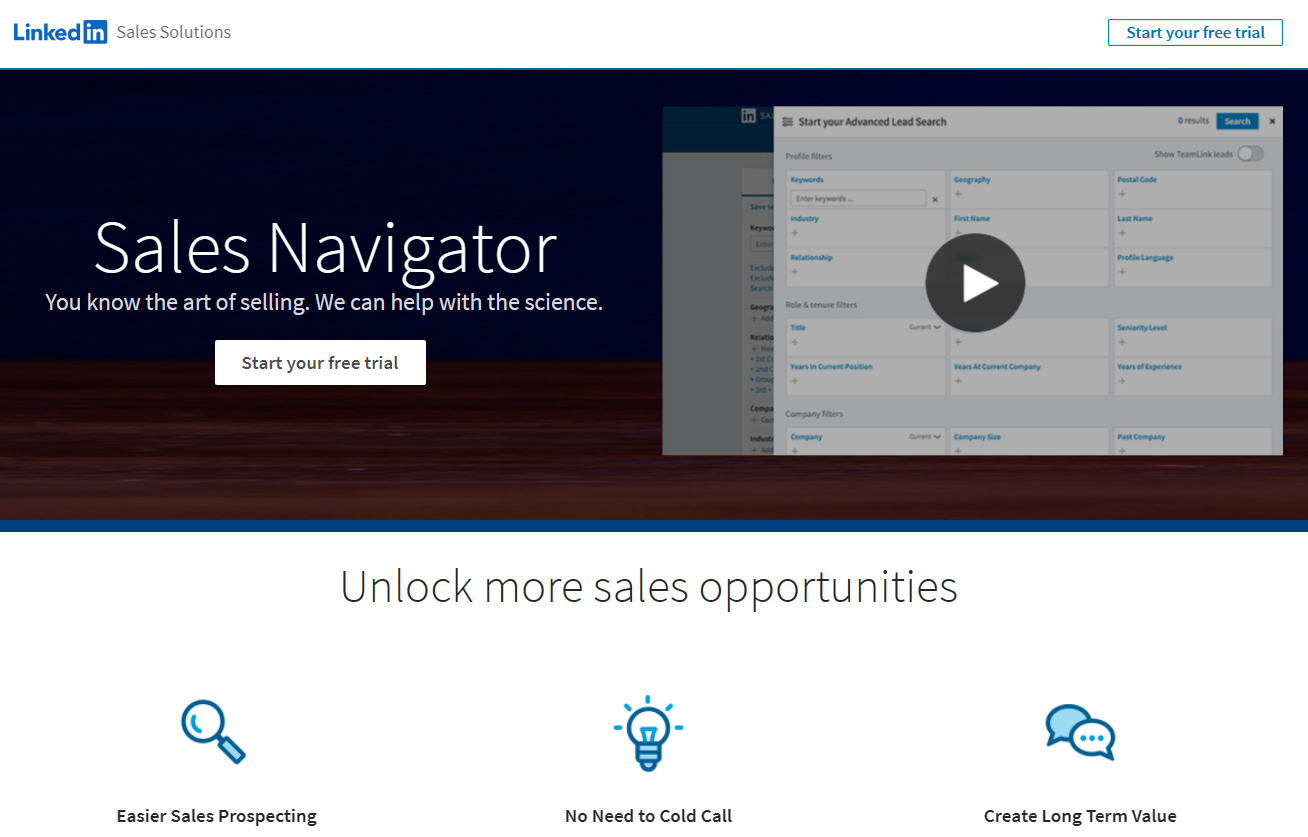
For comprehensive prospecting, LinkedIn Sales Navigator proves invaluable. It's a powerful tool offering heightened features and functionalities for accurate prospect search and engagement on LinkedIn. Sales Navigator's benefits and features encompass:
- Lead Recommendations: Personalized lead recommendations based on your preferences and search history streamline your prospect discovery process.
- Real-Time Updates and Insights: Stay current with your prospects' activities, job transitions, and company announcements, enhancing your engagement timing.
- Advanced InMail and Messaging: With additional InMail credits, directly message prospects even without prior connections. Use templates, tracking, and analytics to polish your messages and boost response rates.
- Team Collaboration Tools: Facilitate teamwork through lead sharing, insights, and notes sharing, and CRM system integration, maximizing your prospecting efficiency.
Maximizing the potential of Sales Navigator necessitates a clear strategy and profound tool knowledge. Explore our article on Sales Navigator best practices to become adept at using Sales Navigator for prospecting.
Once you've got the LinkedIn searches you want, you can use any LinkedIn automation tool - they're all equipped with LinkedIn scraping functionality.
Engaging with Insights and Activities
Identifying and targeting the right LinkedIn prospects is merely the beginning. Building trust and rapport requires regular engagement and value addition. Insights and activities provide a solid foundation for initiating and maintaining dialogue with your prospects. Use these triggers for engagement:
- Profile views: Leverage a profile view as a cue to introduce yourself or follow up on previous contacts.
- Content shares: Engage with content shared by a prospect through commenting, liking, or sharing, or by conveying your feedback or perspective via message.
- Job changes: A prospect's job switch is an opportunity to extend congratulations, inquire about the new position, or offer your services or expertise.
- Company news: React to prospects' company announcements, such as product introductions, awards, or mergers, by congratulating them, showing curiosity, or asking about impacts.
- Group posts: Participate in group discussions both you and a prospect are a part of, by contributing your insights, perspectives, or posing questions.
Engaging with insights and activities shows prospects your attentiveness, care for their interests and needs, and your value proposition. This approach paves the way for building relationships, establishing credibility, and opening the doors for further engagements.
Reaching Out: Crafting Compelling Linkedin Messages
Once you've pinpointed the ideal prospects on LinkedIn, the journey continues as you initiate contact. This crucial step involves crafting messages that are not only compelling and relevant but also deeply personalized. In this section, we will delve into the best practices, share valuable tips, and provide you with templates to enhance your LinkedIn connection requests and messages.
Once you've sent your connection request, as soon as the person accepts, you'll be able to send them messages. By the way, requesting a connection with a note (that little introductory message) is not recommended.
The Art of Hyper-Personalized Messaging
Following a positive reply to your connection request, it's time to follow up with a hyper-personalized message. Hyper-personalization is a cutting-edge approach that crafts messages with unparalleled precision, tailored to each individual. By leveraging data analytics, artificial intelligence (AI), and in-depth customer insights, you can create highly personalized communication experiences.
This method proves incredibly effective on LinkedIn, demonstrating an in-depth understanding of your prospects' unique needs, preferences, and challenges, thus setting you apart from competitors and establishing trust and credibility. Here are some strategies for creating hyper-personalized messages:
- Personalize your message: Skip the one-size-fits-all approach. Instead, mention the recipient by name and refer to specific details about their profile, their company, or their shared content. This demonstrates your diligence and genuine interest in making a meaningful connection.
- Explain your reason for connecting: Clarify why you're reaching out and elucidate the value or benefit of connecting with you. Whether it's a mutual acquaintance, shared interest, or a potential collaboration opportunity, being upfront about your intentions is key.
- Be courteous and professional: Adopt a tone that's both friendly and respectful. Steer clear of slang, technical jargon, or emojis.
- Include a call to action: Conclude your message with a clear, actionable step. Whether it's inviting them to accept your connection request, engage with a reply, or set up a meeting, a direct call to action prompts reciprocation and further interaction.
- Utilize real-time data: Craft your messages using the latest and most pertinent data about your prospects. This includes their LinkedIn activities, profile updates, company news, and industry trends, showcasing your attentiveness and contemporary knowledge.
- Segment your audience: Categorize your prospects into distinct groups based on their characteristics, behaviors, or journey stages. Tailor your messages to cater to their specific goals, needs, and challenges, such as by industry, job title, location, or interests.
- Be concise: no more than 500 characters per message. It's short, but it'll force you to make your messages quick to read and avoid your prospect even reading you.
- Test and optimize: Continuously monitor your message's performance, utilizing feedback for improvement. Experiment with different elements like subject lines, content, tone, and timing to discover what resonates best. Employ A/B testing, analytics, and surveys for data-driven insights.
Strategies for Follow-up Messages That Add Value
Following up with your LinkedIn prospects is crucial for maintaining conversation momentum, nurturing relationships, and progressing towards a sale. However, it's not merely about sending reminders or check-ins; it’s about enriching your prospects' experience by providing tangible value and solutions. Below are some strategies for crafting follow-up messages that genuinely add value:
- Provide useful information: Share relevant, valuable content with your prospects, such as articles, reports, case studies, or testimonials. This not only showcases your expertise and resourcefulness but also positions you as a problem-solver.
- Ask open-ended questions: Engage your prospects by inviting them to share their views, feedback, or concerns. This signals your genuine interest and curiosity, fostering a deeper understanding of their needs, goals, and obstacles.
- Offer incentives or discounts: Motivate your prospects with enticing offers, including free trials, demos, consultations, or discounts. Demonstrating generosity and confidence, such incentives further underline your commitment to delivering value and achieving results.
Advanced LinkedIn Prospecting Techniques
Exploring advanced prospecting techniques and tools on LinkedIn can significantly enhance your ability to connect with potential customers and elevate your sales performance. We will delve into three sophisticated strategies: tapping into marketing and ad tools, implementing automation in your prospecting activities, integrating LinkedIn with other pivotal sales and marketing tools, and the 2024 solution for overcoming linkedin limitations by renting Linkedin MirrorProfiles accounts.
Automating Certain Prospecting Activities Responsibly
Responsible automation of certain prospecting activities can save time, reduce errors, and boost efficiency. It's crucial to ensure automation does not substitute for human interaction or compromise quality and ethics. Focus on automating repetitive, tedious, or low-value tasks while adhering to LinkedIn's best practices. Prospect activities suitable for automation include:
- Prospect identification: Tools like Wiza or Aeroleads can scrape and export potential contacts from LinkedIn based on specific search criteria, providing verified emails and phone numbers.
- Prospect outreach & follow-up: Hey Reach or Lemlist can be used for sending personalized messages to prospects, tracking outreach performance, and optimizing response rates.
By automating sequences, you can maximize the amount of human time spent on lead generation. Thanks to this, your sales rep or recruiter can spend more time in meetings instead of copying and pasting messages from Linkedin or e-mail.
Bypass LinkedIn Limitation with MirrorProfiles
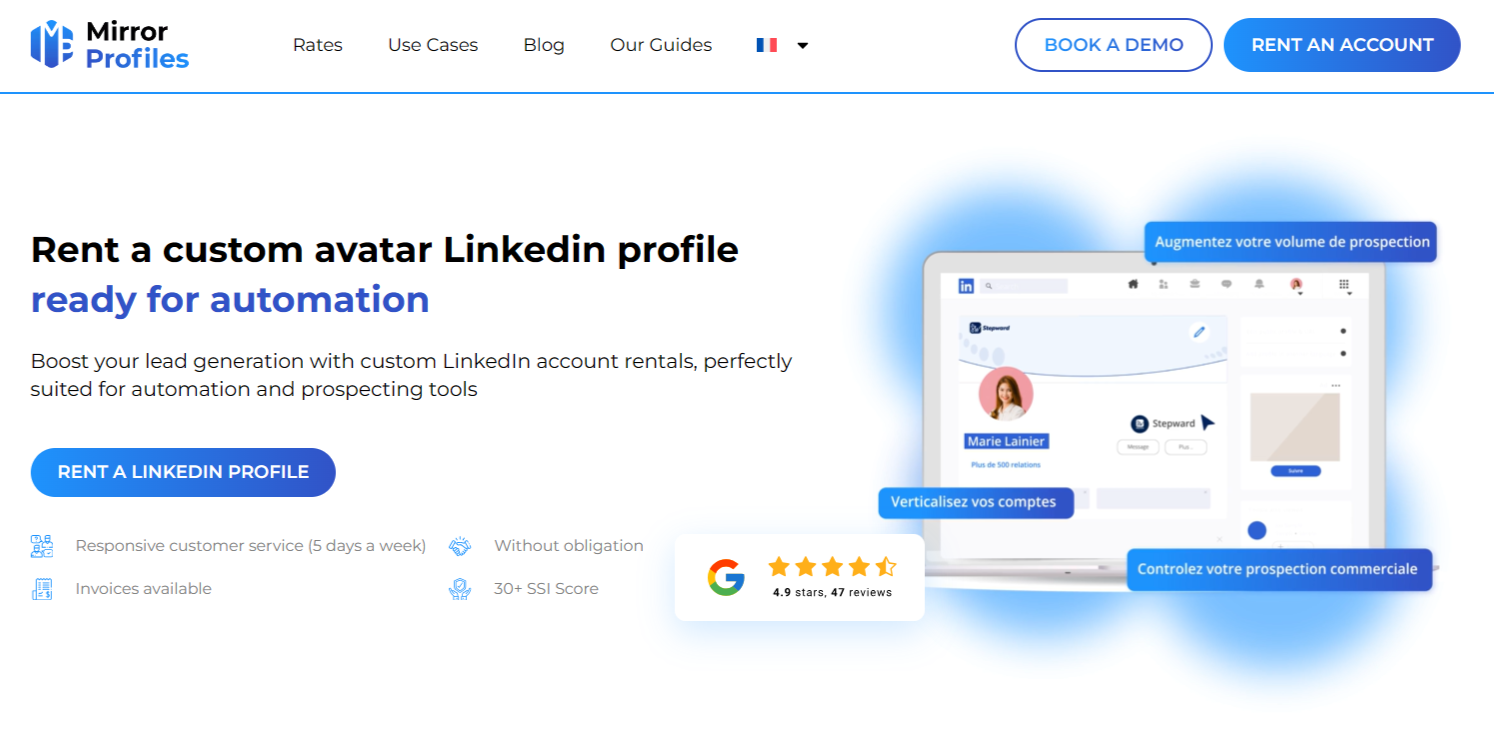
MirrorProfiles lets you rent heated LinkedIn accounts ready for automation. In other words, it allows you to equip your sales reps with several LinkedIn accounts and multiply their prospecting volume. Compatible with all LinkedIn automation tools, it's a must-have for creating real SalesMachines on LinkedIn.
One LinkedIn account can send between 100 and 150 connection requests per week. That's not enough to feed a salesperson. On average, you'll need 5 LinkedIn accounts to keep your salesperson well fed. This enables him to contact between 500 and 750 prospects per week.
Today, in 2024, there are no LinkedIn automation tools that allow you to exceed the quotas imposed by the platform. These quotas are numerous, and here are some examples for 1 LinkedIn profile:
- Between 100 and 150 no-note connection requests per week
- Between 30 and 50 profile visits per day
- Between 100 and 200 messages per day
MirrorProfiles lets you multiply these quotas by the number of profiles you rent. They provide classic Linkedin accounts without Sales Navigator, but you can add it yourself if you wish. A Sales Navigator account will give you access to advanced filters as we've seen, but won't allow you to send more connection requests. It's an urban legend! The only way is to set up several LinkedIn accounts.
This technique is particularly effective when coupled with automation tools such as Hey Reach, LinkedHelper, Lemlist, La growth Machine or Waalaxy.
Mistakes to Avoid in LinkedIn Prospecting
Engaging in LinkedIn prospecting can be a powerful strategy for generating leads and boosting sales for your business. Yet, this approach can become challenging and may even backfire, leading to a tarnished reputation, wasted effort, and lost prospects if common pitfalls are not avoided. Here, we delineate several critical errors to steer clear of during your LinkedIn outreach endeavors and offer guidance on rectifying them.
- Unclear Ideal Customer Profile: A significant blunder in LinkedIn prospecting is not having a distinct and comprehensive understanding of your ideal customer. Failing to define whom you're aiming to reach results in sending irrelevant and generic messages to uninterested parties. Counter this by crafting an ideal customer profile, outlining specific characteristics such as industry, job title, location, interests, pain points, and objectives. This enables you to refine your search and connect with prospects that truly align with your criteria.
- Valueless Messaging: Employing messages that lack substance is another prevalent misstep. Avoid sending communications that are dull, overly promotional, or spam-like, which fail to cater to the needs or interests of your prospects. Instead, focus on delivering messages that add value through informative content, probing questions, or offers of incentives and discounts. Personalization enhances your approach, so include your prospect's name and reference particular elements of their profile, company, or shared content.
- Inadequate Personalization: Sending generic, unpersonalized messages makes your prospects feel undervalued and disconnected. Combat this issue by not only personalizing your messages with the prospect's name and relevant details but also by adopting a friendly and respectful tone. Avoid slang, technical jargon, or emojis to maintain professionalism.
- Quitting Prematurely: Giving up too quickly is a critical error that can cost you potential leads. Merely sending a single message and not persisting in follow-ups or exploring other communication channels may lead to missed opportunities and advantages for competitors. Ensure you follow up regularly, offering value in each interaction, and leverage various contact methods, including email, phone calls, or social media, to enhance your response rate.
- Not Selling Time: Failing to secure a meeting, call, or demo with your prospects by not providing a clear call to action can halt the momentum of the engagement. Encourage direct interaction by specifically asking for meetings or demos and use scheduling tools like Calendly or HubSpot to streamline the planning process, minimizing the need for convoluted email exchanges.
- Lack of Systems: Lastly, the absence of a structured system to oversee your prospecting efforts can lead to disorganization and inefficiency. Without a clear strategy, a defined process, or the right tools, managing prospects, communications, and outcomes becomes cumbersome. To avoid these complications, implement systems such as CRM platforms, email marketing solutions, or LinkedIn automation tools, which aid in streamlining your contact management, task automation, and performance optimization.
Conclusion
LinkedIn prospecting stands out as an effective strategy for identifying and connecting with potential clients within the world's most extensive professional arena. For those aiming to excel in this endeavor, it's essential to implement a series of best practices, adopt advanced strategies, and utilize specific tools designed for this purpose. Throughout this article, we have explored several critical areas:
- Optimizing your LinkedIn profile to boost your prospecting efforts
- Identifying and targeting the ideal prospects on LinkedIn
- Developing and sending compelling messages
- Use advanced prospecting techniques on LinkedIn, including the deployment of multiple Linkedin accounts to overcome limitations thanks to MirrorProfiles
- Avoiding the typical pitfalls associated with LinkedIn prospecting
We trust that this article has furnished you with insightful and valuable information to streamline your prospecting process on LinkedIn. To complete this Linkedin-centric approach, it's worthwhile to take a multi-channel approach. That's why I invite you to read our article: Top Multi-channel Outreach Tools. Also, if you want to find clients for digital marketing via LinkedIn, book a GTM strategy call with us now!
FAQ
Let's Get Started!
Schedule a 30-minute call with ColdIQ leadership to learn how our outbound strategy and sales tools help generate qualified leads and close deals.
.avif)
.svg)
.jpg)
.jpg)

.avif)

